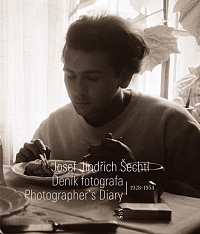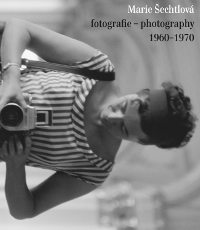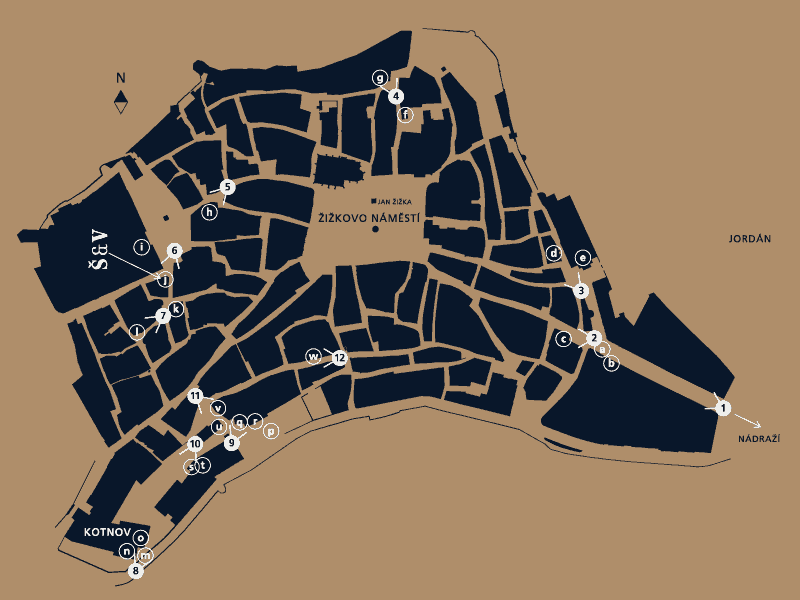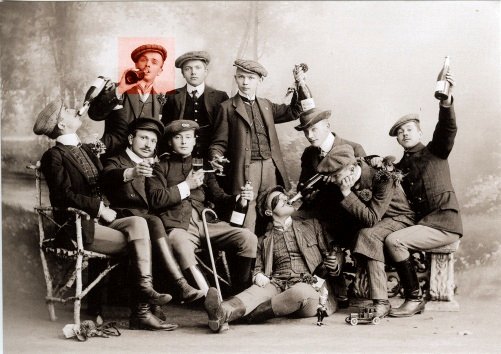Booklets from Šechtl and Voseček
Edition
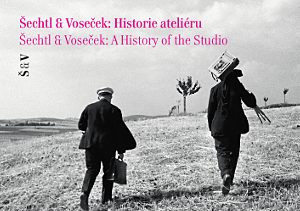
Šechtl & Voseček: History
of the Studio
A selection of photographs spanning the history of the Šechtl &
Voseček photographic studio from the archive held by the Šechtl &
Voseček Museum of Photography. The history of this studio, the
longest running private photographic studio in Bohemia, dates back
to 1865, and spans three generations of the Šechtl family. The
studio was located in Tábor, Czech Republic. The booklet contains
40 reproductions of rare photographs dated between 1864 and the
1980s, a history of the studio, brief biographies of the
photographers, information about the Šechtl & Voseček Museum, and
the project of digitizing its historical archive. In both Czech and
English.
Publisher Marie Šechtlová, 2009, In Czech and English language,
ISBN 978-80-904323-1-4, Paperback, 21x15 cm, 32 pages.
Available at Amazon for
international shipping, Kosmas
for domestic shipping.
The preview is available at
Google Books.
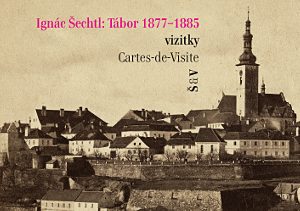
Ignác Šechtl: Tábor
1877-1885, Cartes-de-Visite
Reproductions of rare and seldom-seen photographs in
Carte-de-Visite format, taken in 1877 in Tábor, Czech Republic, by
pioneering Czech photographer, Ignác Šechtl (Schächtl). The
photographs represent important historical documents, as well as
demonstrating the artistic vision of early Czech photographers. The
booklet contains reproductions of 10 photographs in both their
original size, and in enlarged detail, as well providing
information about the Carte-de-Visite medium, and a biography of
the photographer.
Publisher Marie Šechtlová, 2009, In Czech and English language,
ISBN 978-80-904323-2-1, Paperback, 21x15 cm, 32 pages.
Available at Amazon for
international shipping, Kosmas
for domestic shipping.
The preview is available at
Google Books.
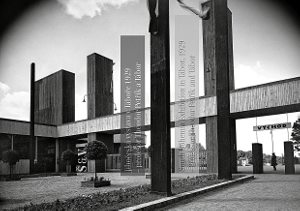
South Bohemia Exhibition
in Tábor, 1929
– Professor Theodor Petřík and Tábor
The phenomenon of Industrial Exhibitions in the 1920’s
contributed to the introduction of modern architecture to smaller
towns. The South Bohemia Exhibition in Tábor in 1929, and the
associated Czechoslovak Military Display, was the architectural and
urban work of two important Tábor citizens: architect Jan
Chomutovský and Professor Theodor Petřík. The grand composition of
Exhibition pavilions built on the banks of Lake Jordan amazed and
inspired its visitors. Eighty years later, all that is left is a
gym building (formerly the Pavilion of Trade), and a series of more
than 300 photographs. These photos, from the Šechtl & Voseček
Studio (the exclusive photographer of this event) document its
construction, its realisation, its destruction by a storm, its
restoration, and a series of accompanying events.
While architect Jan Chomutovský worked mainly in Prague,
Professor Theodor Petřík shared his love between Prague and his
native Tábor. Here you will findanumberof his buildings, which
greatly influenced the character of the town. These include the
circular extension of the Civil Bank (now the Post Office) on the
main square, the refurbishment of the old Savings Bank, the Hýlačka
lookout tower, the new Savings Bank on T. G. Masaryk Square, and
many others. While Professor Petřík became most famous for his
contribution to agricultural engineering, regrettably, his work in
other fields of architecture is almost forgotten.
Publisher ČVUT, In Czech and English language, ISBN
978-80-01-04364-6, Paperback, 21x15 cm, 32 pages.
Available at special order only. The preview is available at
Google Books.
-
Jan Hubička: Digitizing Historical Photographs (in Czech
language)
- Published in form of Wiki on web of CiTEM 2007–2009
- Jan Hubička: Šechtl and Voseček studio (in Czech
language)
- Historická fotografie, 2007
- Jan Hubička: Praktické zkušenosti z digitalizace
archivu Šechtl a Voseček.
- Bulletin MG 78 (2018)
- Jan Hubička: Odhad kvality fotografických materiálů
a metody jejich digitalizace.
- Zprávy památkové péče 76 (1) (2016), 112--122.
- Jan
Hubička: Digitizing Historical Negatives, Practical Experience
from Digitizing archive of Šechtl & Voseček
- Conference Libraries, Archives and Museum in Digital Era,
Prague, 2008
- Jan
Hubička, Eva Hubičková: Bohumil Štastný (1905-1991)
- Workshop Legacy of Three Color
Photography, Prague, 2008
- Jan
Hubička: Digitalizace historických předloh (Czech
Language)
- Digifoto workshop, Praha, 2008
- Jan
Hubička: Digitizing historical negatives in Šechtl and Voseček
Museum of Photography (Czech and English Language)
- Digitalizace aneb konec oslích uší, Praha, 2010
- Jan
Hubička: Collection of Finlay-Color negatives from the American
Colony in Jerusalem (Czech and English Language)
- Prostor, barva, pohyb, Praha, 2013
Tábor Streets, 12 postcards
12 Postcards of Tábor Streets published by Šechtl and Voseček
Museum of Photography are available together with this map and text
in our museum, in the Tábor tourist
centre.
Postcards made from historical
negatives
We have also prepared postcards from negatives from the archive
of Šechtl and Voseček. Postcards
are printed in duotone, and are the first modern postcards printed
from original negatives, which have been scanned during our
digitization project. We have taken special care to print the
postcards with as much detail as possible.
These can be bought, at usual prices, in our museum, or at the Tourist Centre in Tabor
Main Square. By doing this, you are helping to support our project.
Greater numbers of postcards can be ordered directly, by writing to
our email
address.
